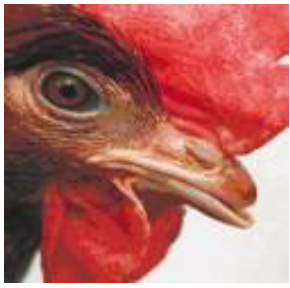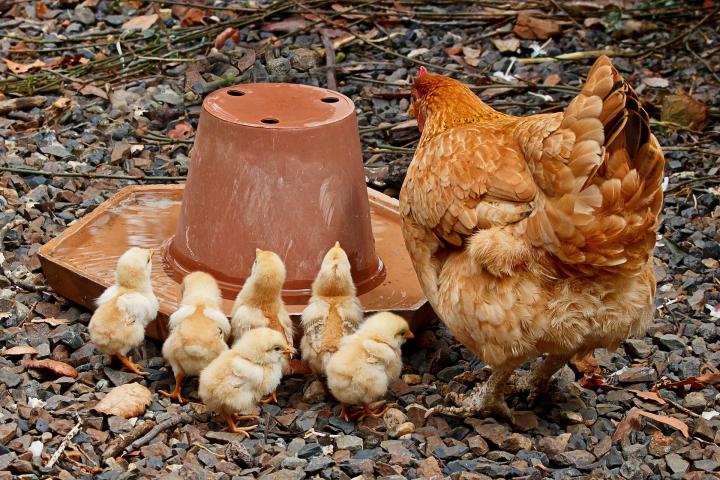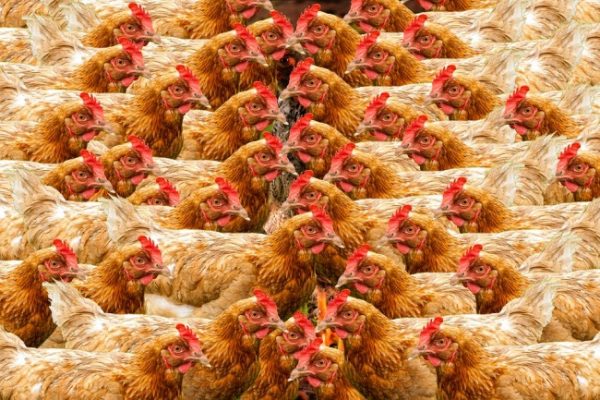
Layer poultry farming is for raising egg-laying poultry birds for the use of commercial egg production. Layer chickens are a special species of hens, which want to be raised from when they are one day old and they start laying eggs commercially from 18 to 19 weeks of age. They remain to lay eggs continuously till 72 to 78 weeks of age. They can generate about one kg of eggs by consuming about 2.25 kg of food during their egg-laying period. To produce a hybrid egg layer, consider the different characteristics of cock and hen before breeding. There are different types of highly egg-productive layer breeds available throughout the world.
Egg Layering business in India
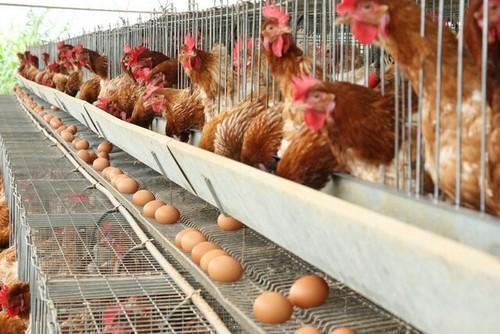
Layer poultry farming is gaining popularity in India due to its lower production cost and growing demand for eggs. India ranks third in the world by producing about 3.8 billion kilograms of shell. Andhra Pradesh, Tamil Nadu, Haryana, Maharashtra, and Punjab are the main leading egg-producing states in India. There is an increase in egg production in India owing to the growth in human consumption and lower production costs. Poultry layer farming is given importance in the national policy owing to which there is a lot of scope for improvement and development. Poultry manure has a high fertilizer value and is used for increasing the yield of all crops.
Layer breeds
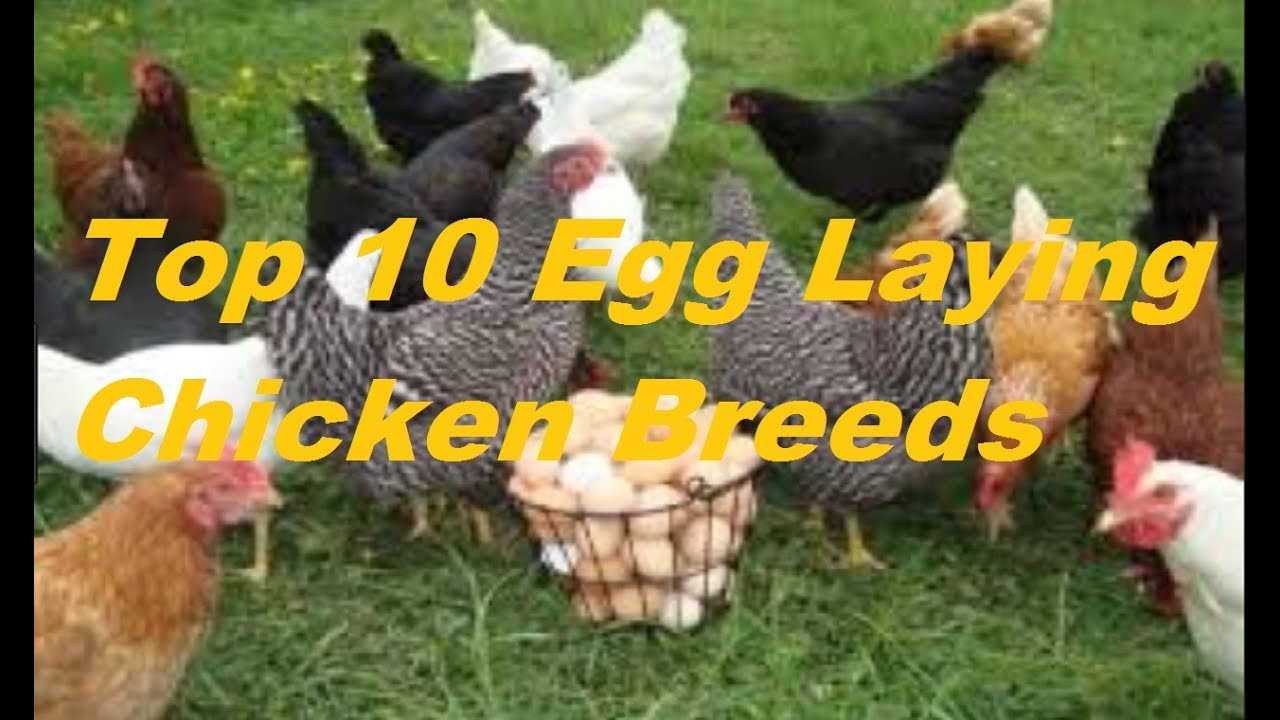
According to the nature and colour of the egg, layer hens are of two types. A short description of these two types is listed below.
- White Egg Laying Hens: This type of hen are comparatively smaller in size. Relatively eat less food, and the colour of the egg shell is white. Isa White, Lehman White, Nikchik, Bab Cock BV-300, Havard White, Hi Sex White, Sever White, Hi line White, Bovanch White etc. are some popular white egg laying chickens.
- Brown Egg Laying Hens: Brown egg-laying hens are relatively larger in size. They eat more foods, compared to white egg layers. Lay bigger eggs than other laying breeds. Eggshell is brown coloured. There are many types of brown layers available. Among those Isa Brown, Hi Sex Brown, Sever 579, Lehman Brown, Hi Line Brown, Bab Cock BV-380, Gold Line, Bablona Tetro, Bablona Harko, Havard Brown etc. are very suitable for commercial layer poultry farming.
Layer Hen selection
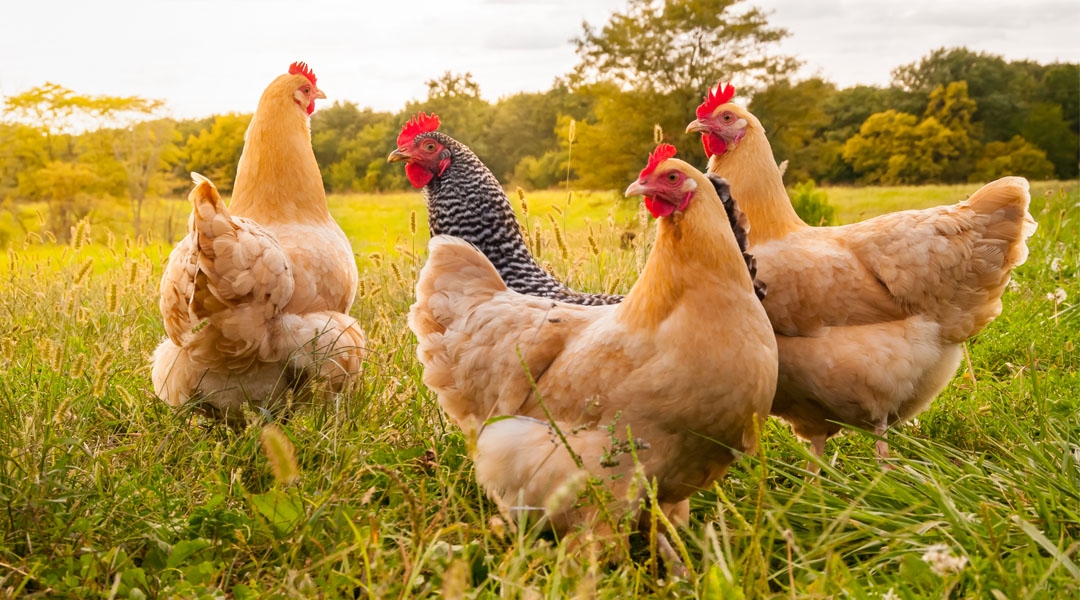
You have to keep in mind some essential information before selecting the layer hens for your poultry farming business. You have to select those breeds which are suitable for your layer poultry farming business and can produce well in your area. Read below for selecting proper breeds for your business.
- For commercial egg production, you have to choose highly productive laying hens correctly.
- All types of hens do not produce an equal number of eggs.
- The chosen breeds must have to have good production capability.
- If your chosen breed contains the desired characteristic and has a reputation for egg production, then that breed is suitable for your business.
- Always purchase healthy chicks from a famous and popular hatchery. You can see their catalogue before purchasing.
Stages of poultry birds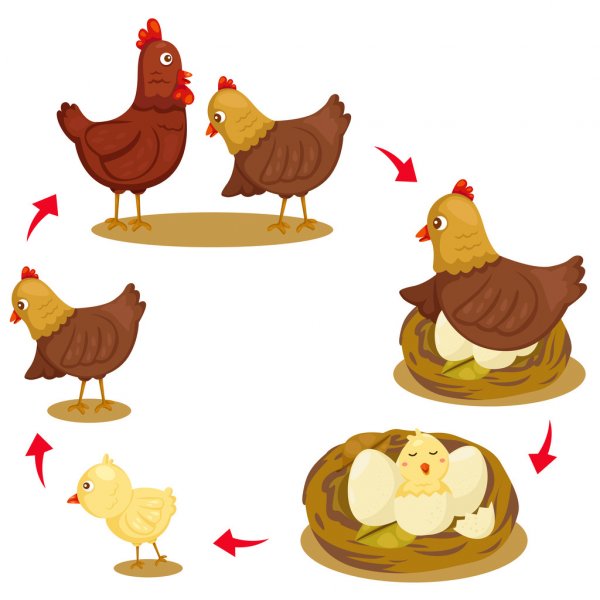
Farmers categorise their poultry birds into several stages brooding, growing, pullet and layering. Layering starts when the birds are 20 weeks of age. Once the birds can reach the egg-laying age they are given layer feed and they are transferred to the egg-laying quarters at the age of 18 weeks. Unproductive, sick birds should be removed from the flock. Such birds are normally culled. The layering period normally lasts up to 120 weeks. It is necessary to replace the old flocks in an existing poultry farm since maintaining the old flock is a costly affair. Also, egg production should be steady to meet market requirements.
Nesting area for layering
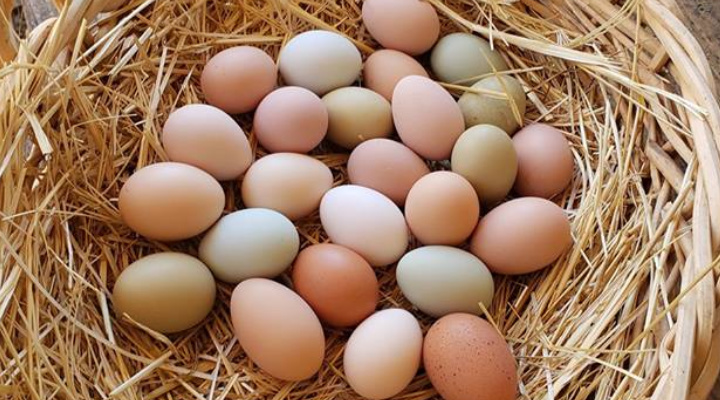
House for egg-laying should be located on the inner side of the farm- away from the hustle-bustle and unwanted noise. Excess noise affects the egg production of the birds so too much noise should be avoided. The feeder and water tray should be kept at a height equivalent to that of the birds’ back. Also, the height of the grills should be adjusted so that the birds can stand comfortably without hitting the rooftop. A nest box is provided for egg-laying about a week before the laying of the first egg. The nest box can be three types mainly depending on the number of layer birds that are being reared and their purpose.
The different types of nests in layer farming are:
Individual Nest – There is one box for every 4 to 5 birds.
Community Nest -This is a single nest box accommodating 40 to 50 birds.
Trap Nest – This type of nest box is used for research purposes since it accommodates one bird at a time.
Laying Period
The female poultry bird which is reared for an egg-laying is generally known as layers. The birds produce their eggs between 20 – 72 weeks of age. Means laying starts at 20 weeks of age and will lay the eggs up to 72 – 75 weeks of age after that the egg production will decrease and the bird will be culled. This laying period is also known as the laying cycle or biological year when the bird reaches 5% egg production. The birds which completed their whole 75-week laying phase are termed as “spent Hen”. The grower birds transferred to a layer house about 18 weeks of age.
Role and Source of Light
This light source enters the eyes of birds and induces a response in the hypothalamus, which affects the secretion of gonadotropic hormones these types of hormones affect the activity of gonads and will be responsible for the reproductive behaviour of birds.
Mostly in the grower period, the light must not be increased but in layer phase 22nd week onwards the light should increase at 15-30 minutes per week and it reaches 16 hrs of total light which means combining natural light and artificial light at 33 weeks of age. During the laying period, the light should not decrease but increase by 17 hrs light/day when birds lay for about 6 months of laying phase, light must not increase more than 17 hrs because there is not any kind of benefit over 17 hrs of light.
Mercury vapour light, Fluorescent and incandescent light can be used. The distance between 2 bulbs is about 10 feet. The height of the bulb is 7 to 8 feet from the floor wall and if we are using a tube light instead of a bulb then between two tubes light the distance should be 15 feet.
Egg production
Egg production from a Layer of Poultry Farming mainly depends on care and farm management. If you take good care of birds and manage them properly, the production and profit will be high.
- Within the first 20 weeks of age and about 5% of hens start laying eggs.
- About 10% of birds begin laying at 21 weeks of age.
- When they reach 26 to 30 weeks of age, they generate highly. Although, it can be different depending on their strain.
- After laying a maximum number of eggs, they generally stop laying for a few days.
- After this period, egg production might reduce slowly. Egg-laying rate and size of eggs increase.
- The hens produce till their 40 weeks of age. Weight and the size of eggs increase until their 50 weeks of age.
Method and Importance of Lip Cutting
Cutting the lip of laying hens is very important. The main benefits are listed below.
- Lip cutting help to reduce mutual fights.
- It helps to prevent food waste.
- You have to cut your chick’s lip at the age of 8 to 10 days.
- Cut the lip of growing chicken at their 8 to 12 weeks of age.
- Cut the lip of chicks 0.2 cm from their nose.
- Cut 0.45 cm in case of growing chickens.
- Cut both upper and lower lips.
- Don’t cut both lips together. Cut one after another.
- Use a block chick trimming machine to cut the lips.
Don’t cut their lip two days after or before vaccination, after or before using some medicines like sulfur. Don’t cut the lip if the hen is strained, during adverse weather conditions and if the hen starts laying eggs.
Chicks Caring
During the first weeks after birth, chicks do not want to drink the water due to transporting them from one place to another. Thus, you have to make adequate water drinking systems in their brooder house and train them for drinking water. Mix 5% glucose with water, so that they can easily obtain energy. Provide them with any type of high-quality multivitamins. with water. Multivitamins and electrolyte that is Electoral Energy are very effective when you transport a chick from a long distance. It reduces tiredness and lack of water and helps to create the chick normal. You should follow Layer Poultry Medicine Schedule for the best production and the highest profit.
Purchase a better strain of one-day-old healthy egger-type chicks from a reputed hatchery. Usually 2 to 5% extra chicks are supplied.
If cages are used for the housing of birds ensure proper cage space that is half of the recommended floor space on deep litter.
Clean, wash and disinfect all equipment with 0.5% Malathion spray after each batch of birds is disposed of.
Feeding
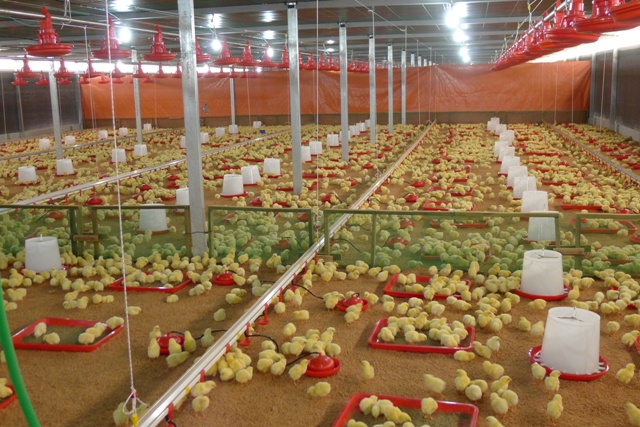
Use high-quality balanced feeds for layer farming. Different types of feeds manufactured by reputed institutions or companies should be used.
- Starter feed (up to 8 weeks of age)
- Grower feed (9 to 16 weeks of age)
- Layer feed (17 to 72 weeks of age)
With proper knowledge or experience, the feed can be prepared on the farm. Carefully, store the feed in a clean, dry, well-ventilated room. A wet feed can bring fungus infection. Use accurately designed feeders and control the rats to avoid feed wastage.
Give adequate feeding space per bird. More space is necessary as the bird grows in age. Maintain proper records on feed consumption per bird for each batch. About 7 kg feed up to 20 weeks and 38 kg feed from 21 to 72 weeks of age is necessary.
- Excess consumption could be due to feeding wastage, rats, low temperature of shed or poor feed quality (low energy feed).
- Too low feed consumption can be due to disease conditions, low quality or unpalatability of feed, or high temperature in poultry sheds.
Irrespective of the growth phase the layer birds must be provided with fresh feed and water. They need feeding continuously and hence it should be made available on a 24-hour basis. Filling the feeder up to the brim once a day however not recommended because; The feed gets spoilt quickly thus the feed at the bottom would get spoilt and consuming it can affect the birds’ health and egg production. Birds peck food while eating thus wasting a large quantity of food if the feeder is full.
Ideally, farmers should fill just an adequate amount of feed in the feeder often- once in the morning, then at noon and in the evening if needed. The feed should contain at least 18% of protein. Also, any change in the ratio must be done gradually and not all of a sudden. There should be provision for clean water.
Water management
Fresh, clean drinking water should be available for the birds at all times. The water tray should be kept clean and care should be taken to prevent the birds from getting inside the trays. Do not expose the water trays to the sun during the peak summertime.
Chicken’s health depends on the supply of pure and fresh drinking water. You have to give adequate water according to the demand of your laying hens. For purifying the water then mix Aquaculture. Determine a suitable place to maintain the water pot inside the poultry house. Supply cold water during the summer season and hot weather, and somewhat hot water in cold weather or winter season.
By the age and species of chickens, providing food can control the weight of chickens. Use sufficient calcium, phosphorus, vitamins, amino acid and all mineral substance in their food. If you follow the above methods, then you can make a better profit from your layer poultry farming business.
Unproductive Birds
Layers that are not productive should be immediately culled or removed from the flock. This is a common practice because maintaining them would be a costly affair. Unproductive hens feed frequently without laying eggs. The below points are the symptoms of unproductive eggs;
- Shrunken wattles and combs
- Pale combs
- Inactive
- Thin and undernourished bodies
- Dull appearance
In case the culling rate turns high then it is an indication of management problems such as the development of the disease, infrastructural problems, etc. which should be addressed immediately.
Vaccination
You have to maintain some rules before vaccination.
- Hold the chickens very carefully.
- Vaccinate the chickens without any strain.
- There is no need to vaccinate the ill hen.
- Wash the vaccination equipment with hot boiled water or Viraclean
- Do the vaccination program in cold weather conditions.
- The preventive vaccine is always applicable to a healthy bird. Never vaccinate an infected bird.
The vaccination program is a must for chicks for keeping them free from several types of diseases. The main advantages of poultry vaccination are given below;
- Timely vaccination to chicks makes disease resistance power in the body of the chick.
- Help to maintain the hen free from invective poultry diseases.
- Disease prevalence will be less.
- The mortality rate will reduce.
- There are several types of poultry vaccines are available for layer hens. They are Marex, Ranikhet, Gamboro, Bruchaities, Bosonto, Salmonella, etc. are used for layer chickens.
Loan from Banks
A loan from banks with a refinance facility from NABARD is obtainable for starting poultry farming. For poultry farming schemes with large outlays, detailed project reports will have to be prepared. Banks give financial assistance for the following purposes;
- For the construction of brooder/grower and layer sheds, feed store, quarters, etc.
- For purchase of poultry equipment such as feeders, waterers, brooders, etc.
- For creating infrastructure items for the supply of electricity, feed, water, etc.
- For purchase of day-old chicks and ready-to-lay pullets.
- For meeting working capital conditions for feed, medicines, veterinary aid, etc. for the first 5 to 6 months that means till the stage of income generation.
Disease Management
Layer birds suffer from several diseases like Newcastle disease, fowl pox, parasites, etc. that affect egg production. The common symptoms are sneezing, rattling, uncoordinated movements, paralysis, twisting the head and neck, etc. In the case of diarrhoea, the discharge is whitish or bloody. The veterinarian should be contacted immediately if any abnormal disease developing symptoms are noticed. Also, the birds should be vaccinated at the correct time to prevent developing diseases.
Disease prevention and control
Disease prevention and control in layer poultry farms can be given as below:
- Clean sanitary conditions of layer poultry sheds and equipment, balanced feed, fresh clean water, and healthy chicks are essential to prevent diseases.
- Avoid entry of visitors to the farm, particularly inside the sheds. If visitors come, ask them to dip their feet in a disinfectant solution, wash and clean their hands and wear an apron or boots provided by the farm.
- Use the proper vaccination schedule and use high-quality vaccines purchased from reputed manufacturers. Maintain vaccines in cool, dry conditions away from sunlight.
- Any left-over vaccine must be properly disposed of. Vaccines must not be used after their expiry date is over. Any dead bird must be immediately removed from the shed and sent to a laboratory for post-mortem examination or buried or burnt suitably away from the poultry sheds.
- The waste of the farm must be suitably disposed of. Different workers should be working in brooding and laying sheds.
- Any bird showing advanced signs of disease must be removed from the shed and culled. Rats are very important carriers of poultry disease. Avoid rats and use suitable rat poisons or rat traps.
Egg collection and grading procedure
Eggs should be collected regularly from the nests. In the deep litter system, generally, it is collected five times a day and twice a day in a cage system. Farmers normally attach an egg roll-out to the nest and this facilitates egg collection outside the pen. Bloodstains and manure on the shell of the eggs can be washed with water and the cleaned eggs must be refrigerated immediately else they may develop bacterial contamination.
Mechanical collection of eggs is common in modern layer poultry farms. It takes 26 hours for each egg to develop and each hen lays an egg a little later each day. This is not an exact thing and eggs are laid in the morning. Eggs must be collected regularly and transferred from the hen house to an egg room where they are graded or checked for weight and damaged shells. A sample of some eggs is often broken open to check internal quality. Then eggs are packed into cartons for 12 eggs or trays of 30 eggs for sale. Prices vary with egg size, so eggs should be separated based on egg weight. This is done automatically by a machine that is called an egg grader.
Marketing of Eggs
Carefully, eggs are stored in a cool room at about 13°C and transported in an insulated truck. Unfortunately, several shops selling eggs do not store them under ideal conditions. In the home and shop situation, it is best to store them at a normal refrigerator temperature range of 4-6°C. Marketing involves a range of prices mainly depending on the different sizes of egg, several brands, or differences that attract particular buyers. Free-range and fat-modified eggs are among the varieties obtainable.
Hope. this will help you in starting an egg layering business. Comment/ Suggestion solicited.
Financial and Business expert having 30+ Years of vast experience in running successful businesses and managing finance.
